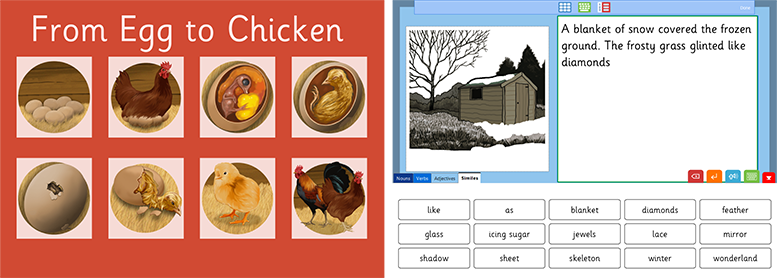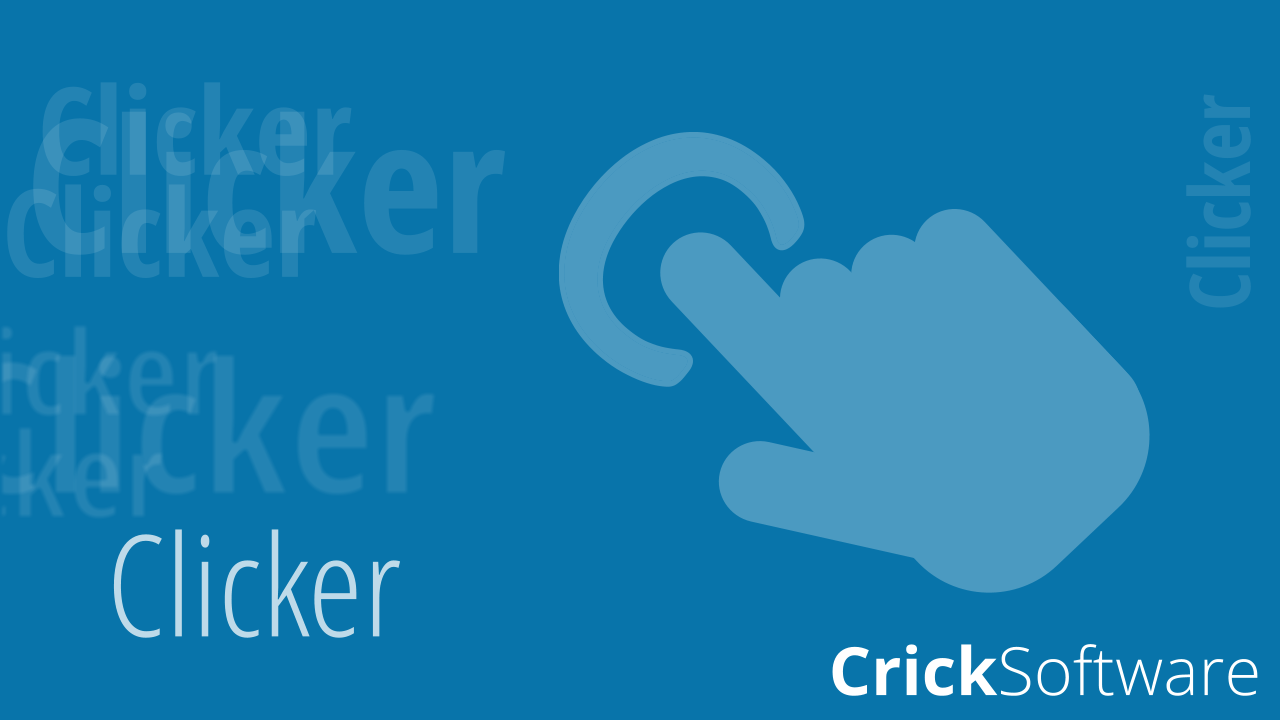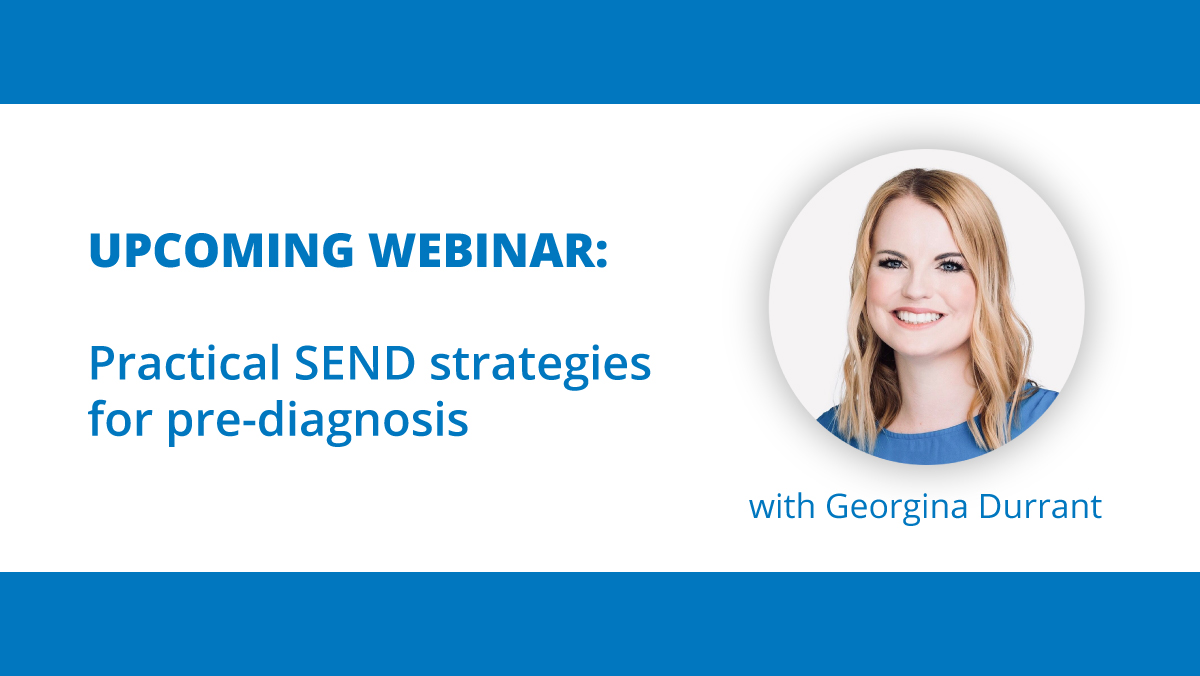I was recently interviewed by our Marketing Manager, Siobhan Butel, about LearningGrids and my role as Curriculum Manager. I wanted to share that interview with you to highlight how we come up with new ideas and some of my favourite resources.
Can you tell us a bit more about your role at Crick Software?
My background is in teaching – I was a primary teacher of Year 1 and Year 2 children in Northamptonshire. Day to day, I’m involved in authoring and editing resources for LearningGrids. Testing is also an important part of the job – looking at everything with a critical eye and making sure what we are producing is relevant, topical and meeting the intended objective; also, the small (but equally important) details of checking sounds, picture and text are all working as planned.
How do you decide on new activity topics?
Obviously, we keep abreast of current initiatives and trends in the education world, what’s going on in the curriculum – but also listen to feedback from our team of Education Consultants who are out in the field engaging with teachers and telling us what is being asked for. We take regular audits of the range of resources we are producing to make sure that we are providing a balance across curriculum areas, ages and themes.
How much of a factor is “universal design” when you’re creating resources?
We want our resources to be as useful and accessible to as many pupils as possible, offering support (as well as stretching those pupils who need it). Many of our resources can be easily and quickly modified to adapt the level of support offered – so a group of children may be working on exactly the same resource but with differing levels of support. Also, we very often create groups of linked resources to allow children an entry level to the activity that is most appropriate to them – so for some this may be a sentence building activity, while for more independent writers this may be a word bank on the same topic.
How do you help teachers to get the most out of LearningGrids?
Every resource that we publish contains a set of helpful notes – detailing the objective of the activity and how it can be used. The notes also include any references to other directly-related sets (or groups of sets) and keywords for searching for similar resources. We also publish regular blog posts to the website, where we highlight particular resources and how they can be used in the classroom. Some of these also contain links to fantastic short videos, with tips and ideas about how you can use our resources with your children.
Which are the most popular resources?
Our theme-based resources (seasonal themes like Christmas and Halloween, as well as others like Circus and Pirates) are always popular. We keep a regular eye on what our customers are searching for on our website so that we can meet popular requests. Interestingly though, many of our most popular resources are often the simplest – for example our very focused literacy exercises, like Possessive Pronouns and Powerful Adjectives.

Do you have any favourites?
I’m a real fan of our themed Clicker Books, especially the ones that contain bespoke graphics done by our artist, Andy Dixon. The seasons ones are beautiful! I think I especially like the “family” of resources that are linked to the book stimulus – so children can read and engage with the book, but they can also write sentences, longer pieces of text and do other related activities around the theme. Having said that, I also love some of the really simple Talk Sets where children are just using a picture stimulus to demonstrate what they know and understand – whether that’s in retelling a story or explaining a science phenomenon. For many children, this is a powerful way in to writing.






